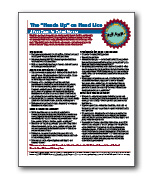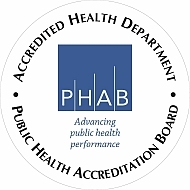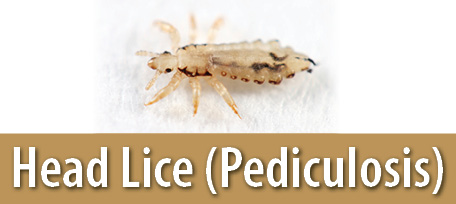What is pediculosis?
Pediculosis is an infestation of the hairy parts of the body or clothing with the eggs, larvae or adults of lice. The crawling stages of this insect feed on human blood, which can result in severe itching. Head lice are usually located on the scalp, crab lice in the pubic area and body lice along seams of clothing. Body lice travel to the skin to feed and return back to the clothing.
Who gets pediculosis?
Anyone may become louse infested under suitable conditions of exposure. Pediculosis is easily transmitted from person to person during direct contact. Head lice infestations are frequently found in school settings or institutions. Crab lice infestations can be found among sexually active individuals. Body lice infestation can be found in people living in crowded, unsanitary conditions where clothing is infrequently changed or laundered.
How is pediculosis spread?
For both head lice and body lice, transmission can occur during direct contact with an infested individual. Sharing of clothing and combs or brushes may also result in transmission of these insects. While other means are possible, crab lice are most often transmitted through sexual contact.
What are the symptoms of pediculosis?
Usually, the first indication of an infestation is the itching or scratching in the area of the body where the lice feed. Scratching at the back of the head or around the ears should lead to an examination for head louse eggs (nits) on the hair. Itching around the genital area should lead to an examination for crab lice or their eggs. Scratching can be sufficiently intense to result in secondary bacterial infection in these areas.
How soon do symptoms appear?
It may take as long as two to three weeks or longer for a person to notice the intense itching associated with this infestation.
For how long is a person able to spread pediculosis?
Pediculosis can be spread as long as lice or eggs remain alive on the infested person or clothing.
What is the treatment for pediculosis?
Medicated shampoos or cream rinses containing pyrethrins or permethrin are preferred for treating people with head lice. Products containing pyrethrins, permethrin or malathion are available over-the-counter, but those containing lindane or malathion are available only through a physician's prescription. Lindane-based shampoos are not recommended for infants, young children, pregnant women, lactating women, the elderly, persons with HIV or seizure disorders, persons who have very irritated skin or sores where the lidane will be applied and persons who weigh less than 110 pounds. Retreatment after 7 to 10 days is often recommended to ensure that no eggs have survived. Nit combs are available to help remove nits from hair. Dose and duration of shampoo treatment should be followed carefully according to label instructions.
What can be done to prevent the spread of pediculosis?
Physical contact with infested individuals and their belongings, especially clothing, headgear and bedding, should be avoided. Health education on the life history of lice, proper treatment and the importance of laundering clothing and bedding in hot water or dry cleaning to destroy lice and eggs is extremely valuable. In addition, regular direct inspection of children for head lice, and when indicated, of body and clothing, particularly of children in schools, institutions, nursing homes and summer camps, is important.
Information provided by New York State Department of Health
|
|

Click to download
"Heads Up" fact sheet for School Nurses (pdf)
Click here for information
from the CDC |




